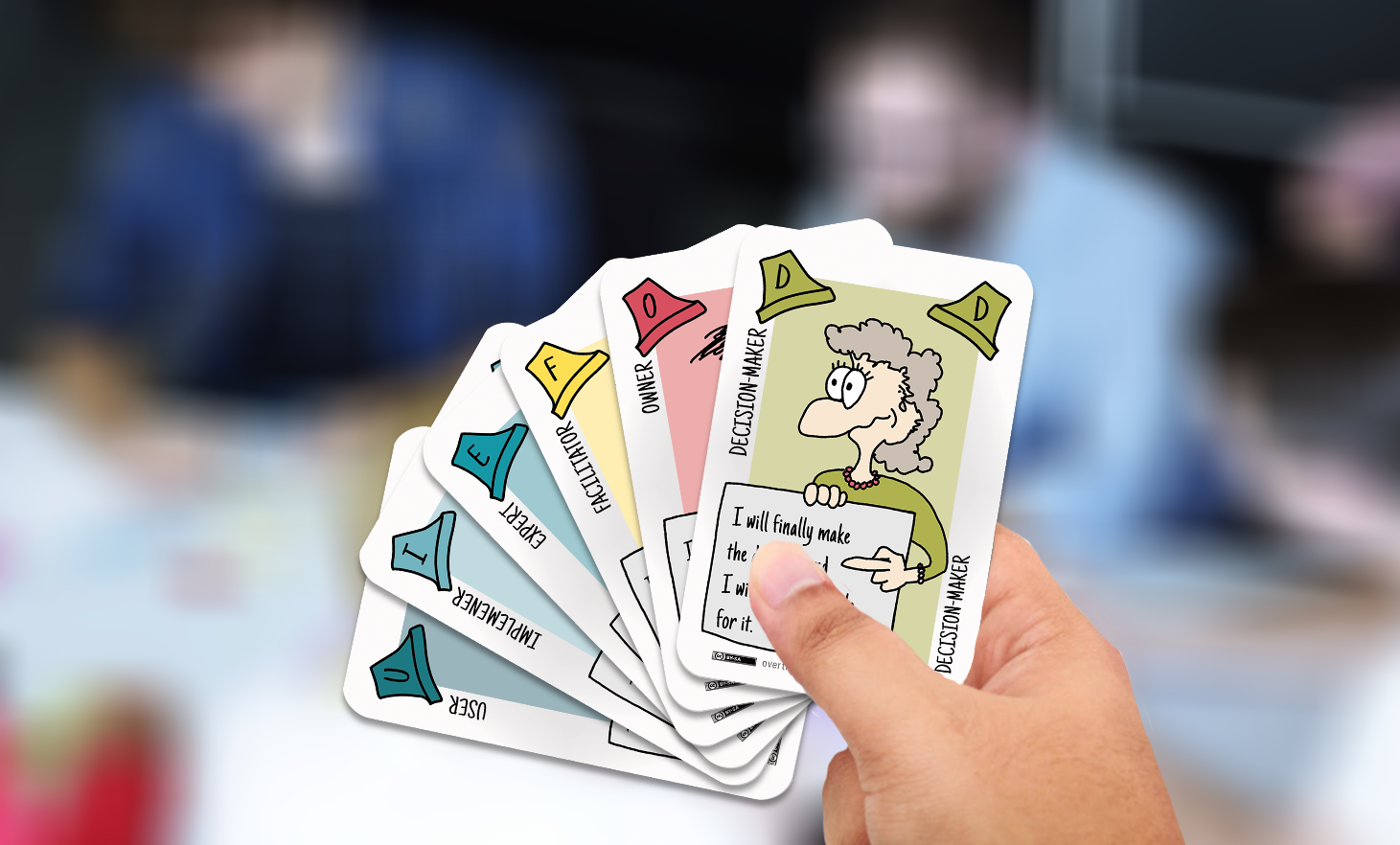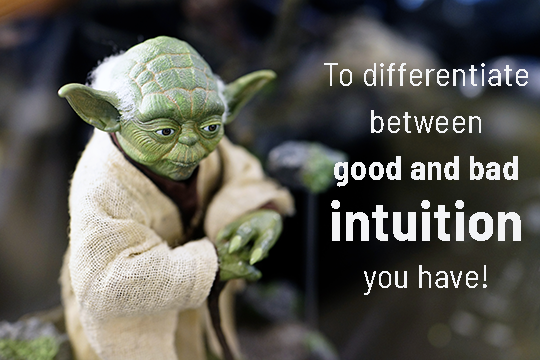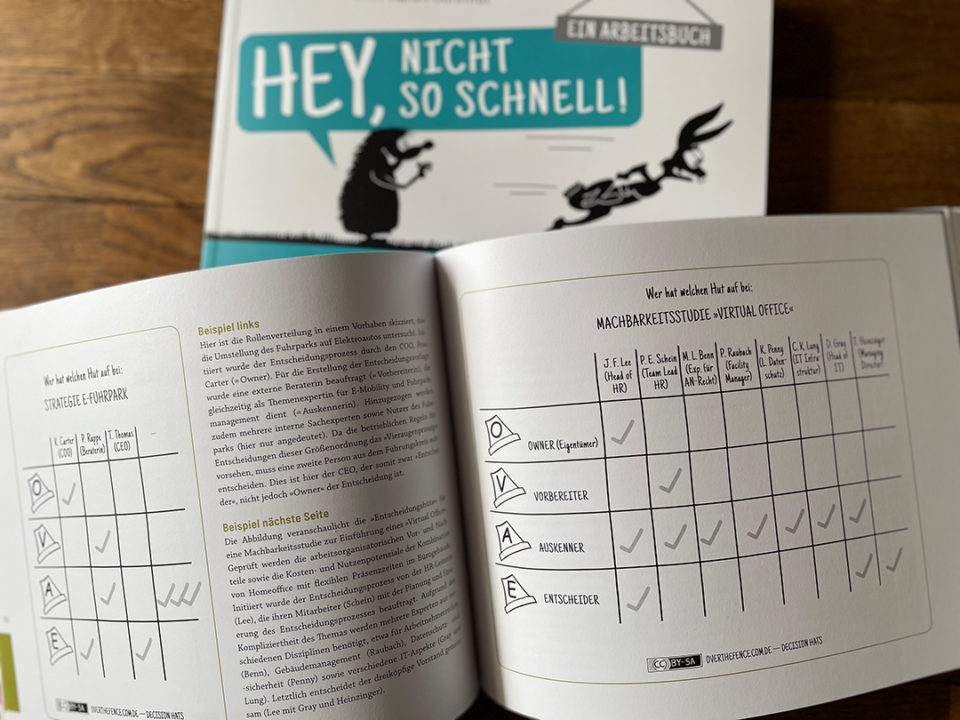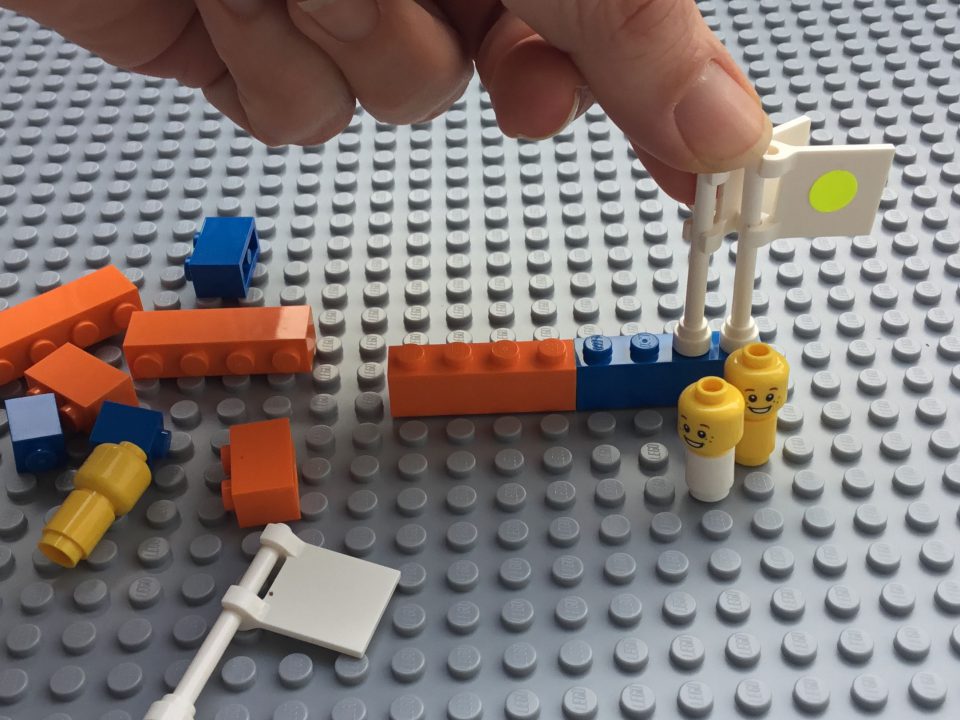Organizational decision-making often fails because roles and responsibilities are not properly understood
Who can and wants to decide, what needs to be decided, who needs the decision and who should prepare it?
Often, decisions in organizations fail precisely because of these questions (and much less because of the "difficulty of the subject "). Common management myths are responsible for this, such as:
- A manager is always a decision-maker.
- Decision-makers are defined in the organizational chart.
- In Agile Structures and New Work, all people decide together.
- Collaborative decision-making requires a "consensus".
- Anyone who needs a decision needs also decide.
Embosomed, yet hindering management patterns must be unlearned
None of this is correct, nothing is automatic! If we want to design functioning decision-making processes, we must overcome these misconceptions. But this does not happen by itself. We need to act! We need to unlearn the established, obstructive thought patterns and replace them with something better.
Our suggestion for something better is called “Decision Hats”!
"(...) makes decision-making processes more collaborative and better."
"A genuinely novel concept for improving decision-making processes."
„(...) clear and pragmatic instructions on how to proceed.“
"Decision Hats" help to rethink decision-making processes with an open mindset
"Decision Hats" offer:
- Six roles that every decision-making process needs (checklist)
- Contemporary role concept for effective and efficient process design
- Clear decision-making responsibilities that are flexibly agreed
- Suitable for agile, hybrid and traditional structures
- Visual, lightweight form (card game)
- Versatile in use (see below)
Use "Decision Hats" for yourself or with other people
Decision Hats can be used alone or with other people. The card game is helpful to review and reorganize existing structures as well as to correctly set up new decision-making processes right from the start. You can apply the “Decision Hats” concept in general management as well as in project management.
Application scenarios (watch the video for more info):
- Self reflection
- Contract clarification
- Peer consulting
- Coordination in a team
- Analysis of a decision-making process
The “Decision Hats” concept is particularly powerful when applied according to the principles of "slow thinking". Below, you find a link to our “Manifesto for Slow Thinking" as well as to further readings and seminars.
Related readings and events
- Manifesto for Slow Thinking (PDF for Download)
- 7 Tools for Better Decision-Making (Blogpost)
- Novel Projects Require Slow Thinking (Blogpost)
- The Power of Slow Thinking ( Certified Leadership Workshop)
- Agile Leadership in Not-So-Agile Organizations (Certified Leadership Workshop)




